Deep Purple 1968 Albums
Buy Shades of Deep Purple Buy The Book of Taliesyn Deep Purple arrived on the music scene like a tornado in 1968. Conceived as a super group called Roundabout in 1967, the band […]
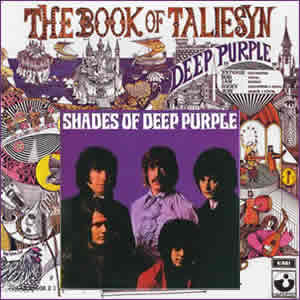
Buy Shades of Deep Purple Buy The Book of Taliesyn Deep Purple arrived on the music scene like a tornado in 1968. Conceived as a super group called Roundabout in 1967, the band […]
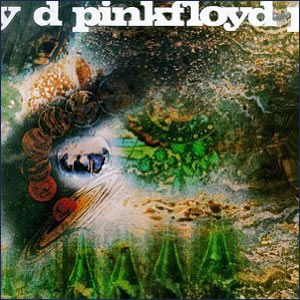
Buy A Saucerful of Secrets A Saucerful of Secrets is the only album by Pink Floyd to feature all five group members. This was due to the album being recorded before (late 1967) […]
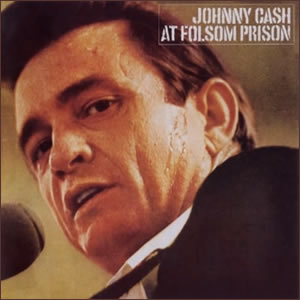
Buy At Folsom Prison Classic Rock Review only covers studio albums, not compilations or live albums. But there will be one exception to this rule – At Folsom Prison by Johnny Cash. This […]
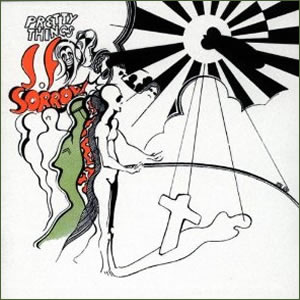
Buy S.F. Sorrow With their fourth overall album released in late 1968, The Pretty Things produced what was arguably the first true rock opera called SF Sorrow. The album was based on a […]
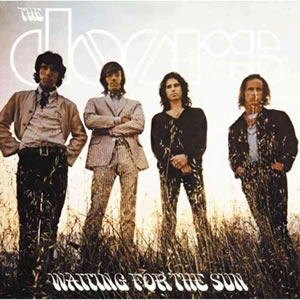
Buy Waiting For the Sun The Doors third album, Waiting For the Sun, is probably the weakest of their six original studio albums. Lead vocalist and lyricist Jim Morrison admitted that he was […]

Buy Steppenwolf Buy The Second Steppenwolf arrived on the rock scene like a storm in 1968 and released their first two albums, which produced their most indelible classics which persist to this day, […]
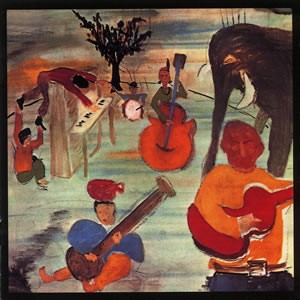
Buy Music From Big Pink After a decade of touring as a backing group for other artists, The Band released an incredible debut with Music from Big Pink in 1968. By blending their […]
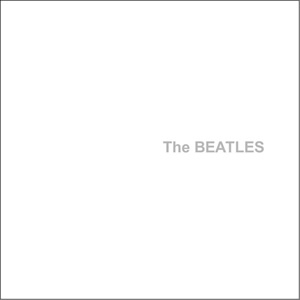
Buy The Beatles In 1968, The Beatles released their only double studio album, an eponymous release commonly referred to as The White Album. Despite the official title which emphasized group identity, the actual […]